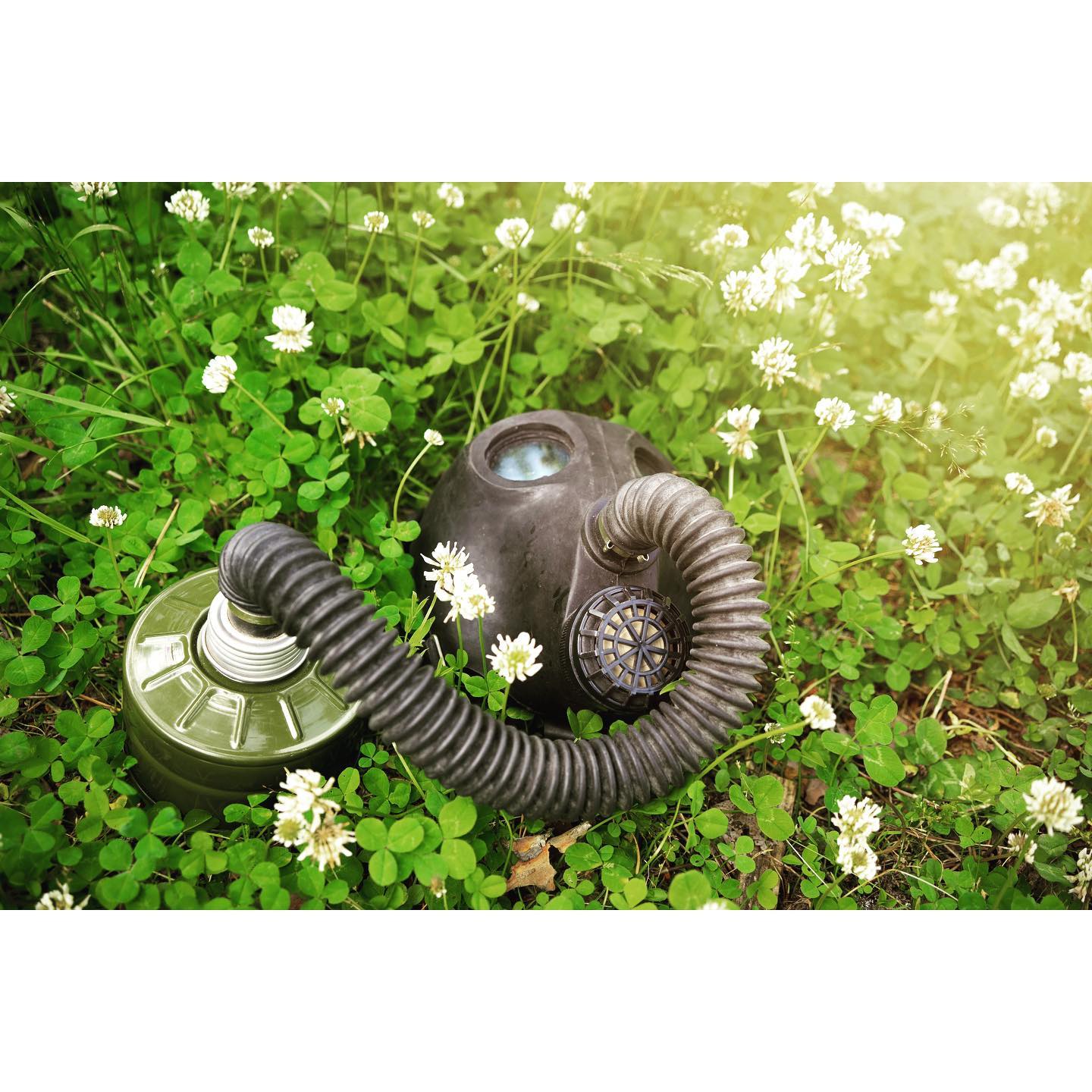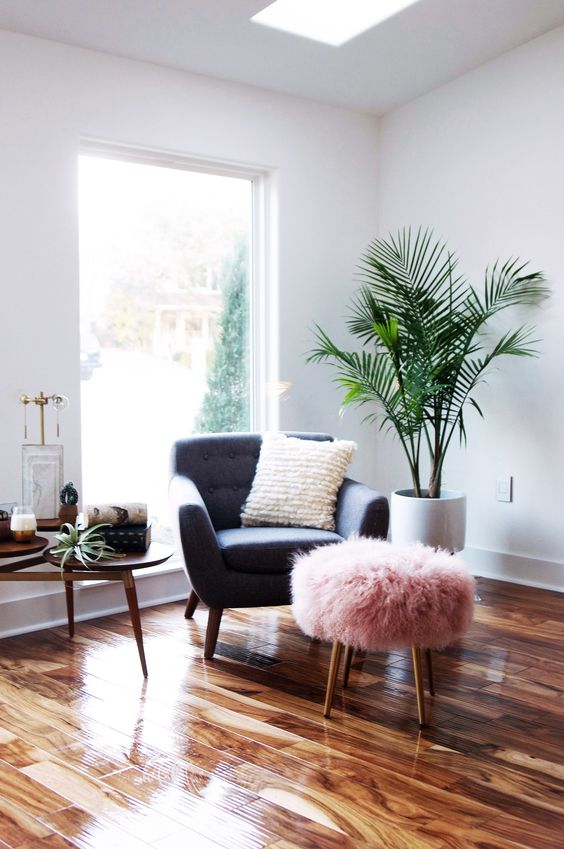3 Common Causes Of Allergies At Home
Indoor allergies are common and can impact your health and your household. For instance, they can trigger wheezing, itchy eyes, sneezing, runny nose, and other symptoms. If left unchecked, allergies can trigger a life-threatening response called anaphylaxis. This condition can be characterised by nausea, vomiting, lightheadedness, weak and rapid pulse, low blood pressure, and loss of consciousness. Therefore, eliminating indoor allergies is essential for avoiding these conditions. Here are some common causes of allergies in your home and how to eliminate them.
Animal dander
Animal dander refers to loose skin cells from pets like cats and dogs. These cells contain secretions from the animal’s skin, which can float in the air and be inhaled by people. And they can attach themselves to fabrics, bedding, and furniture. Additionally, some people may have allergic reactions to proteins in the animal’s faeces, saliva, and urine. It’s not uncommon for people with this allergy to experience shortness of breath, sneezing, runny nose, and watery eyes. Also, physical contact with pet dander can trigger hives, dermatitis or asthma. Fortunately, eliminating animal dander from your home is possible. You can prevent your furry pets from staying in your bedroom or sleeping area.

Consequently, train your pets to avoid using furniture in your home and groom them outside. This way, you can limit the amount of dander in your home. You can also clean your home with a vacuum and filter, so keep this in mind. Opt for pets without fur, such as reptiles or amphibians, if possible.
Mould
Mould is a fungus that thrives in stagnant and damp areas and reproduces by creating spores. These microorganisms can be found outdoors and indoors, growing on walls, furniture, food, fabrics, plumbing, and so on. Constant exposure to large mould spores can cause throat, lung, and nose irritation. It can also trigger bronchitis, hypersensitivity pneumonitis, chronic rhinosinusitis, and other conditions. Seeing these problems, preventing mould in your home becomes essential. And you can achieve this by fixing plumbing leaks and wiping spilt water. Opening your windows and using exhaust fans can ventilate your home, making it less likely for mould to grow. You also want to ensure that your carpets, bedding, furniture, and laundry are dry.

Dust mites
These organisms can only be seen with a microscope, and they feed off human skin flakes on carpets, furniture, bedding, and toys. People can get dust mite allergies by inhaling the protein from their urine, faeces, or decaying bodies. Your home’s humidity can determine how many dust mites live there. This is because these organisms don’t drink water but absorb moisture from the air. Therefore, higher humidity increases the risks of dust mites multiplying in your living area. Therefore, experts suggest placing dustproof covers on your pillows and mattresses, so feel free to consider this. You can also use specialised filters on your air-conditioning system and wash your bedding in hot water weekly. Maintaining carpet hygiene with regular cleaning is also a great way to combat dust mites, so remember this.

Other Reasons
Household cleaning products and fragrances can also trigger allergies. These products can contain a variety of chemicals that can cause respiratory irritation and other symptoms. It’s important to choose natural, fragrance-free products whenever possible to reduce the risk of allergies.
Finally, pollen can also be a common cause of allergies at home. Pollen can enter your home through open windows and on clothing and can trigger seasonal allergies. If you suffer from seasonal allergies, it may be helpful to keep your windows closed during peak pollen times and to change your clothes and shower after being outside.
If you suspect that you have allergies at home, it’s important to consult with your doctor. Your doctor can help you determine the cause of your allergies and recommend appropriate treatment options. In the meantime, taking steps to reduce your exposure to common allergens can help you manage your symptoms and feel more comfortable in your home.






